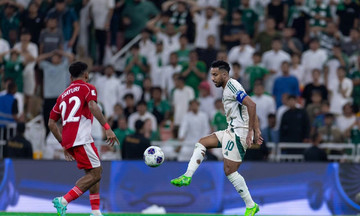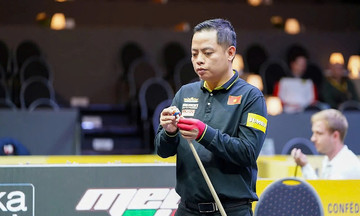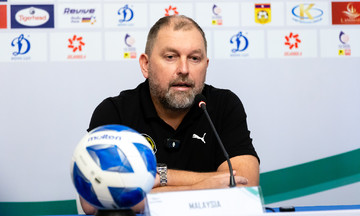Sinner reached his first ITF final in Santa Cristina Val Gardena in 2018. A year later, at 17, he claimed his first Challenger title in Bergamo, entering the tournament as a wildcard ranked 546th in the world. That same year, another Italian, Lorenzo Musetti, also achieved a notable first, reaching the semifinals of the Challenger tournament in Milan.
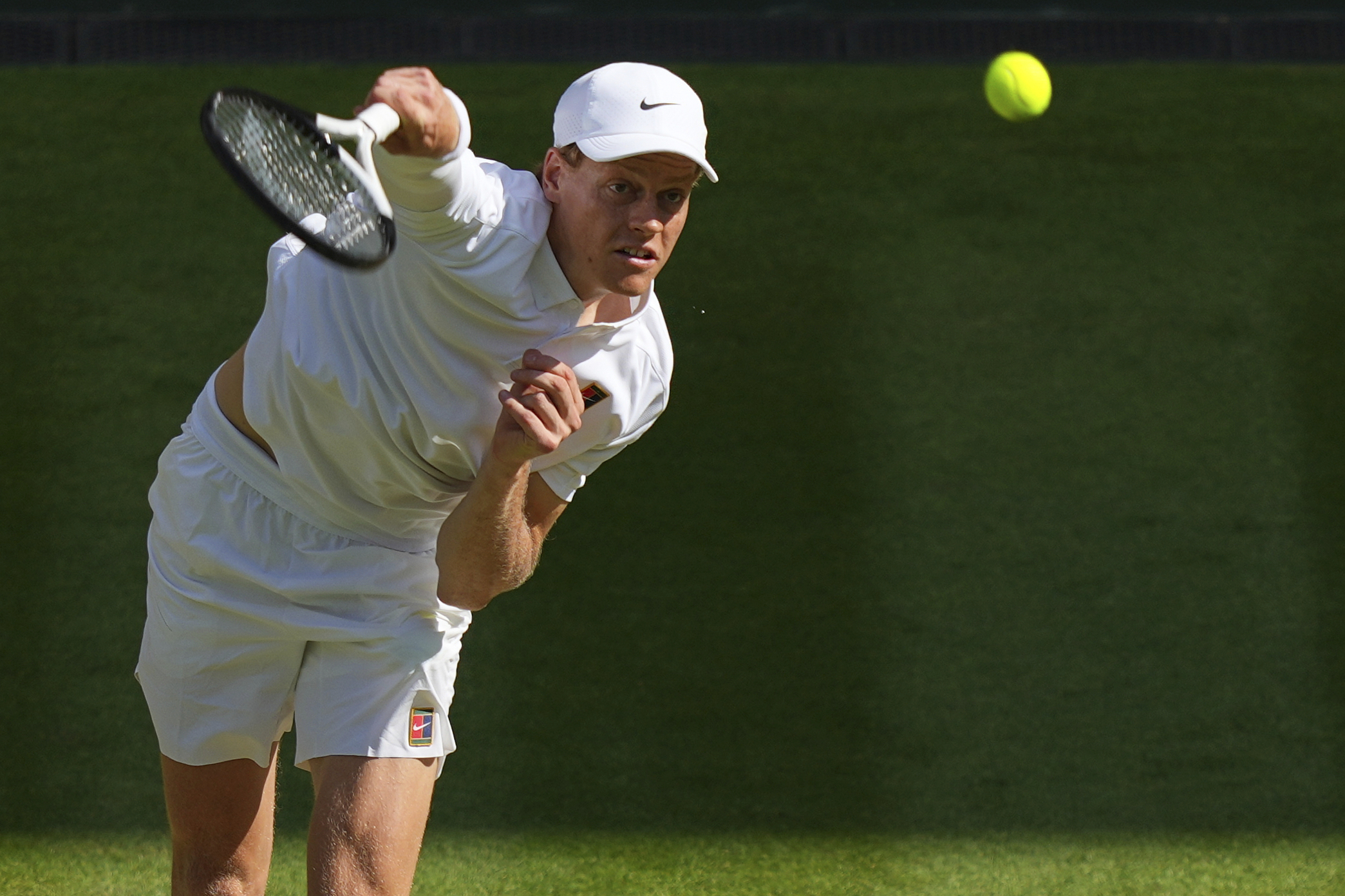 |
Italy's Jannik Sinner serves during his victory over Carlos Alcaraz in the men's singles final at Wimbledon on Centre Court, London, 13/7. Photo: AP |
Italy's Jannik Sinner serves during his victory over Carlos Alcaraz in the men's singles final at Wimbledon on Centre Court, London, 13/7. Photo: AP
More recently, 18-year-old rising star Federico Cina has played a third of his young career's tournaments in his home country. If Italy becomes a successful model in tennis, one of the main reasons will be the increase in lower-level professional tournaments, the breeding ground for future top players.
In recent years, Italy has become a vast "outdoor gym," supporting the crucial transition from junior to professional levels. Tournaments have sprung up everywhere, from north to south. The FITP, under President Angelo Binaghi, has been working on two fronts.
On one hand, they have ignited national interest in tennis by elevating the Italian Open (Rome Masters), bringing the ATP Finals and the final stages of the Davis Cup, along with the Hopman Cup, to Italy. On the other, the FITP has facilitated the development of young talent by supporting international events within Italy – tournaments that are more formative than the junior circuit.
The numbers clearly demonstrate this. In 2000, Italy hosted eight Challenger tournaments (the level below the ATP Tour), 16 ITF tournaments (formerly Futures) for men, and 32 W10/W25 tournaments (below the WTA Tour) for women.
By 2025, there are 20 Challenger and 31 ITF men's tournaments, eight W125 and 29 W15/W75 women's tournaments. In total, 88 lower-level tournaments, a 57% increase in 25 years, take place in Italy. Notably, the number of Challenger events has more than doubled, with prominent events like the 175 tournament in Turin and 125 tournaments in Naples, Perugia, Sassuolo, Genoa, Olbia, and San Marino – where the FITP is collaborating. By 2026, a super Challenger tournament may be held in Cagliari if facilities are completed on schedule.
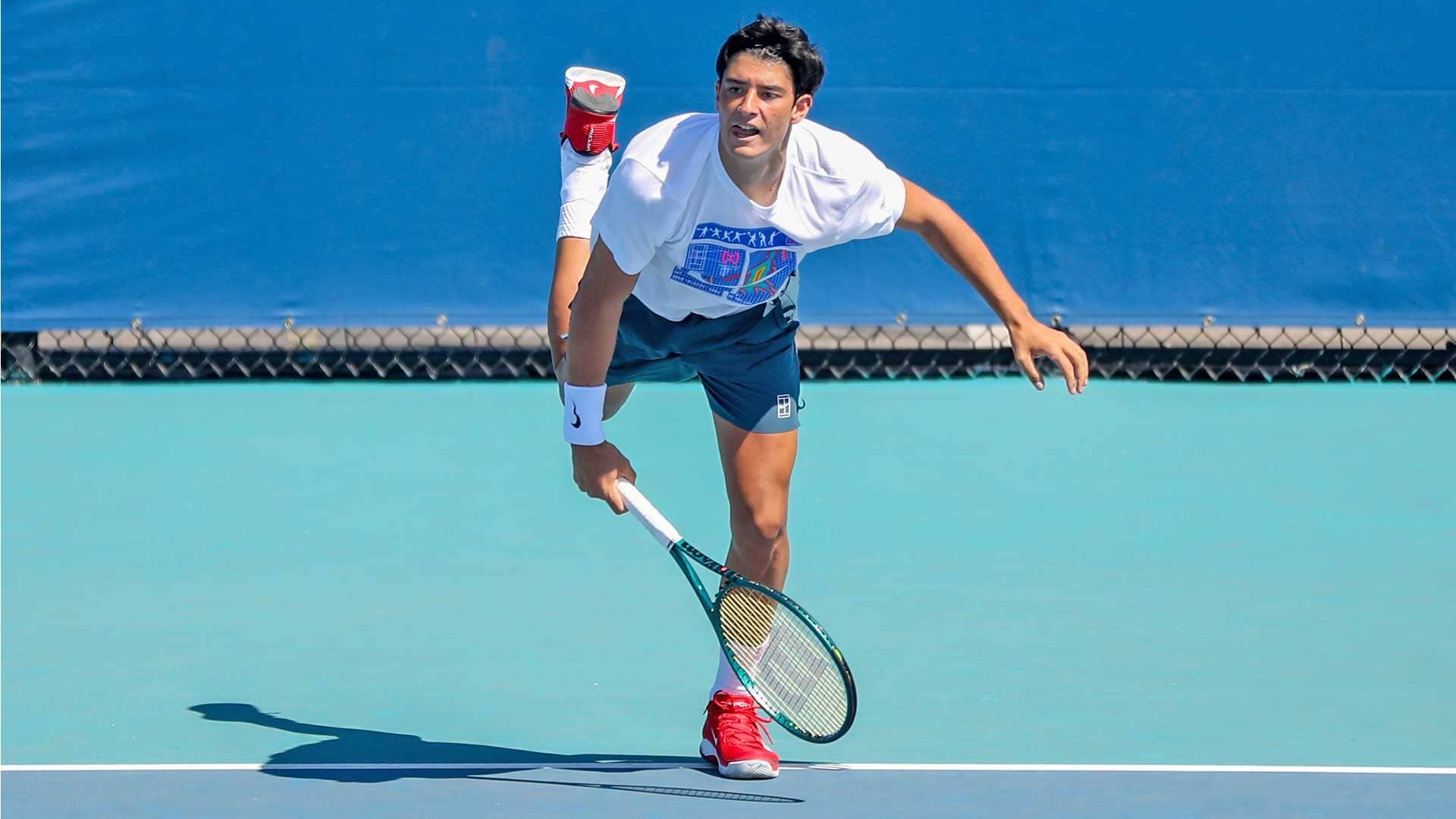 |
Federico Cina at the Miami Open in 3/2025. Photo: ATP |
Federico Cina at the Miami Open in 3/2025. Photo: ATP
The "Italtennis" phenomenon has also resonated internationally. Former Australian player John Millman commented, "The FITP and the entire Italian tennis system deserve the success they're having. It's a sports-loving nation, investing heavily in Futures, Challengers, ATP, and WTA events, creating ample opportunities to watch and play tennis."
Specifically, this system is efficiently funded and operated by the FITP, investing nearly 12 million USD annually to support tennis clubs hosting these events. Beyond finances, from Rome, the FITP provides expertise, facilities, and resources in a synchronized management model, but tennis clubs remain the true pioneers in promoting the sport. In return, the FITP guarantees wildcards for promising young talents.
Sergio Palmieri, who directed the Italian Open for 27 years before handing over to Paolo Lorenzi and now serves as an advisor to the FITP, believes that hosting more international events has pushed young Italian players to compete at a higher level. "Moreover, competing at home reduces travel costs, which can be substantial. The significant increase in tournaments in Italy is undoubtedly key to the growth of tennis," Palmieri said.
Currently, the focus is on Italian women's tennis. Schiavone, Pennetta, Vinci, and Errani were central figures in a golden era, paving the way for the men's boom. But recently – aside from Jasmine Paolini's success – Italian women have struggled to reach the top. Therefore, the FITP is applying the successful model from the men's side.
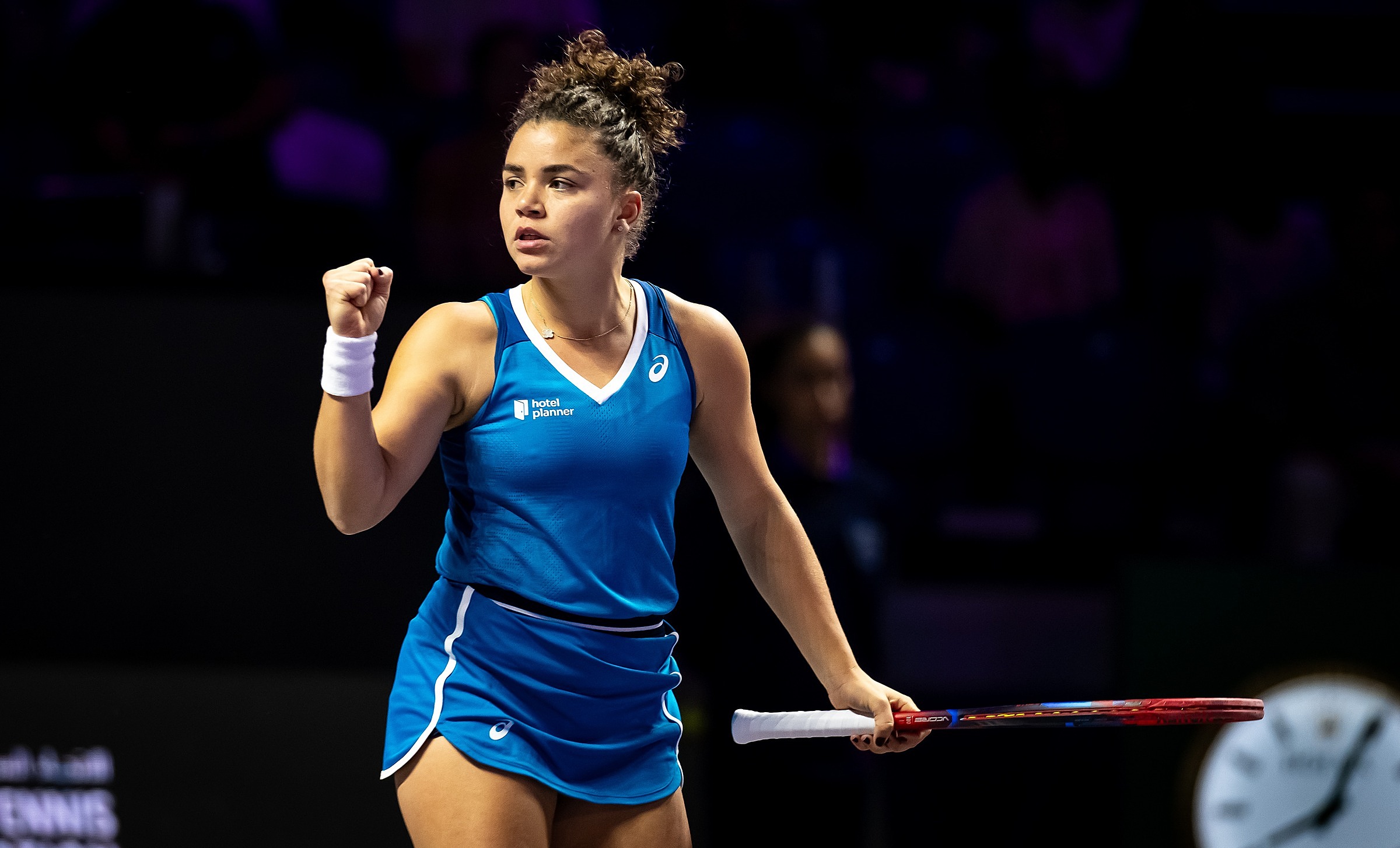 |
Jasmine Paolini represents early success in the effort to boost Italian women's tennis. Photo: WTA |
Jasmine Paolini represents early success in the effort to boost Italian women's tennis. Photo: WTA
Palmieri added, "We've started increasing the number of WTA 125 tournaments, equivalent to the men's Challengers. The Women's Tennis Association (WTA) proposed this project to support young players. The WTA aims for 90 125 tournaments in the next two to three years. In the first year alone, Italy hosted the most, with eight. Next season, we'll reach 10."
WTA 125 tournaments are the level just below the main tour. In the 2025 season, these took place in Bari, Parma, Rome, Grado, Tolentino, Cosenza, Rovereto, and Palermo – which previously hosted a 250 tournament. It is in these tournaments that Tyra Grant, the 17-year-old hope of Italian women's tennis, is honing her skills, with two quarterfinal appearances and a debut at the Italian Open in May, becoming known to the Foro Italico crowd.
Hoang Thong (Gazzetta dello Sport)




